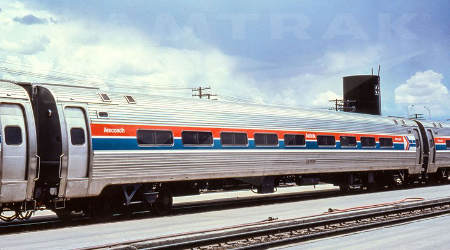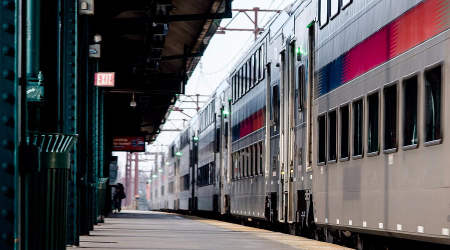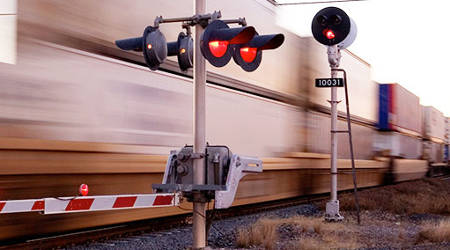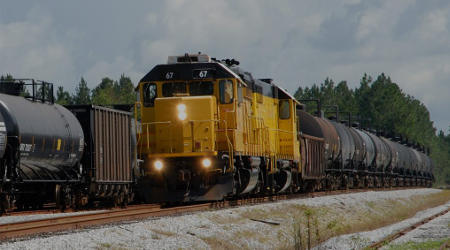Rail News Home Federal Legislation & Regulation
6/28/2018
Rail News: Federal Legislation & Regulation
Safety board recommends Canada update rail employee training, regs

The Transportation Safety Board of Canada (TSB) has recommended that Transport Canada update railway employee qualification standards to address gaps in training and regulatory oversight for workers in critical safety positions.
The TSB’s recommendation stems from its investigation into a June 2016 incident involving an uncontrolled movement of rolling stock at MacMillan Yard near Toronto.
In the incident, a two-member CN crew was performing switching operations using a remote control locomotive system in the yard. The crew had assembled a 9,000-ton, 4,500-foot-long assignment, consisting of 74 cars and two locomotives.
As the switching operations required extra room, the crew received permission to move the cut of cars south along a slightly ascending grade toward yard’s edge, and then downhill onto the York Subdivision’s main track.
When the crew attempted to stop and reverse the cars back into the yard, they continued to move and rolled uncontrolled for about 3 miles, reaching nearly 30 mph before an ascending grade brought them to a stop, TSB officials said in a press release.
The foreman’s quick emergency call to the rail traffic controller helped stop a collision from occurring, they added.
Although the crew members were qualified train conductors, they “did not have sufficient operational experience to safely perform the tasks in this section of the yard,” the TSB said.
“They had requested and received advance job briefings during which they reviewed operational requirements,” they said. “However, the briefings, job aid and procedures did not provide them with sufficient guidance.”
The Railway Employee Qualification Standards Regulations came into force in 1987. Since then, rail industry technology has changed tremendously, but qualification standards and training requirements have not, said TSB Member Faye Ackermans.
“Consequently, railway employees in safety-critical positions may not be sufficiently trained or experienced to perform their duties safely,” said Ackermans.
After the incident, CN conducted a risk assessment that included a review of topography and air brake use in all its switching yards in Canada. Based on the review, CN implemented new minimum braking requirements for each yard including how many cars require charged air brakes prior to accessing main track.
Contact Progressive Railroading editorial staff.
More News from 6/28/2018










Be First to Comment